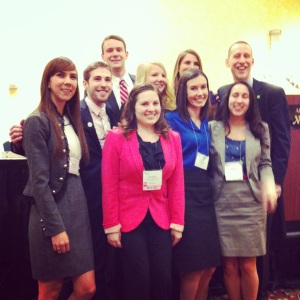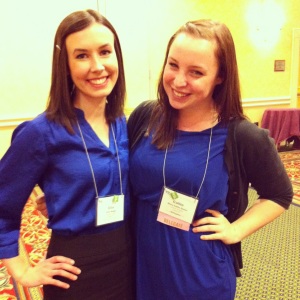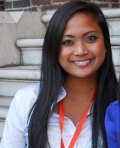Whether you need help managing a busy life full of classes, work and extracurriculars or are looking for a little extra something to put on your resume, here are four free tools to add to your repertoire.
Asana
This app allows you to organize both personal and group tasks, ensuring that nothing will slip under the radar again. Asana is perfect for communicating to-dos within your club or organization. Assign tasks to others, set due dates and get reminded via email when something is coming up, and organize it all by project.
Canva
This online program makes it easy to design graphics for blog posts, presentations, social media, posters and more. Canva offers many well-designed templates to use as a starting point as well as fonts, graphics, and color schemes to help you make an image your own. We all know getting familiar with the Adobe Suites is highly valuable. However, Canva can help you get right to creating graphics without the learning curve or cost associated with Adobe programs.
Connected
LinkedIn’s newest app helps you maintain the relationships in your network. It keeps updates within your network front and center so you can stay on top of what’s happening. All it takes to keep in touch is a few minutes swiping through Connected’s interface, stopping to congratulate work anniversaries, new jobs and promotions. It will even send you reminders about meetings as well as information about the individuals attending.
Code Academy
This interactive program makes learning how to code simple. Although it’s likely you’ve heard of Code Academy, chances are you haven’t taken the time to utilize the program. Being able to code is a skill that can set you apart from the rest of the job market. Take advantage of this resource by setting aside an hour a week to go through the lessons. You’ll be a coding whiz in no time!
Which of these free tools are you most excited to begin using?
Hannah Osborn, Public Relations Director, is a senior pursuing a double major in public relations and magazine journalism. She manages all UO PRSSA social and digital media platforms. Follow her on Twitter at @hannahmarieoz.













